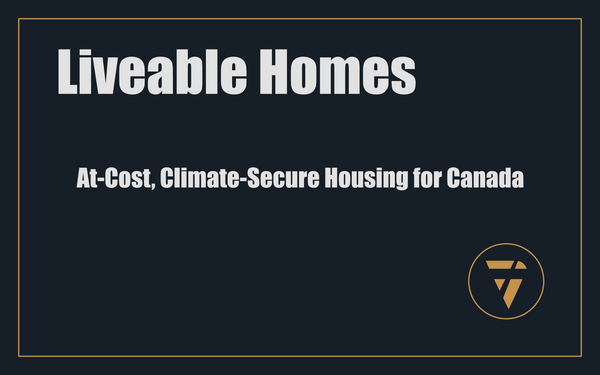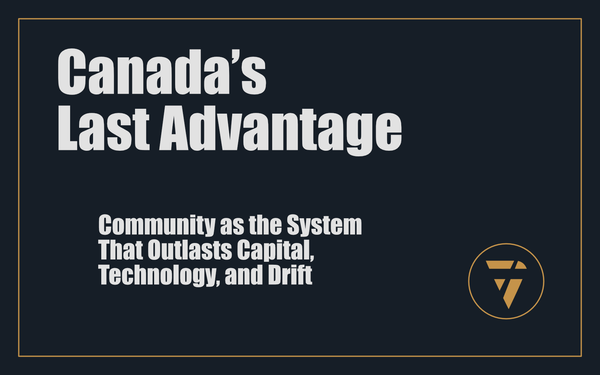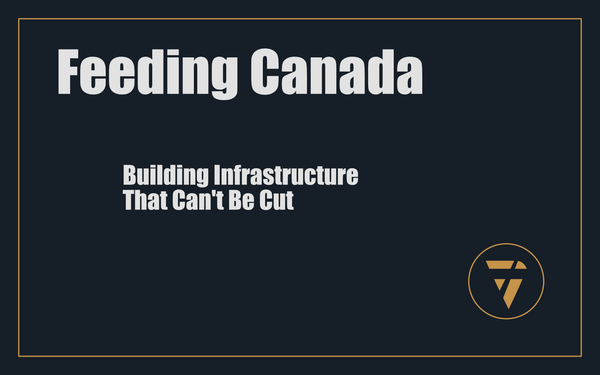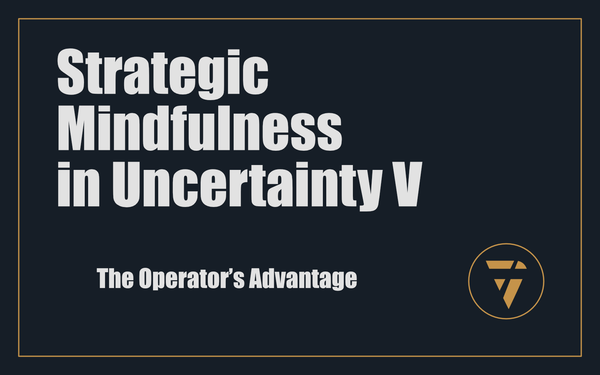Vulnerable Populations
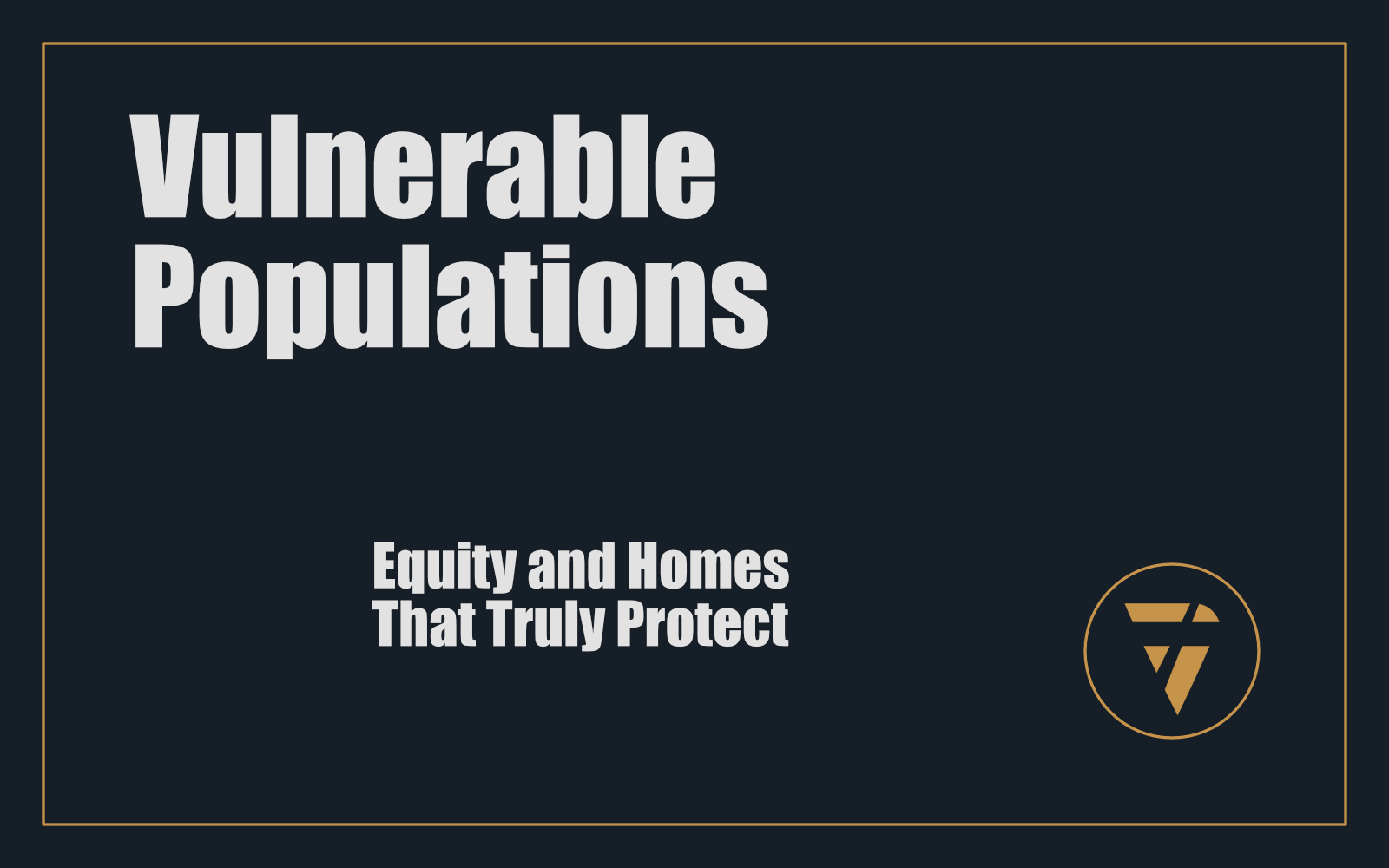
Equity and Homes That Truly Protect
Climate disasters don’t damage randomly. They hurt where vulnerability is concentrated. Elders in fixed-income housing, low-income renters, Indigenous and northern communities... these are the demographics bearing the worst of heat, power loss, and smoke. If resilience is not equitable, it isn't resilience at all.
1. Unequal Risk in a Warming Nation
Canada’s own heatwaves silently killed hundreds of older adults living in inadequately cooled homes. Portable fans and basement dwellings weren’t enough. It only takes one day above 35°C with no backup power to trigger tragedy. The victims? Seniors in rent-controlled units, rural residents, and those in older buildings with poor windows and lacking insulation.
2. Retrofits Saving Lives
In British Columbia, several low-income housing co‑ops received energy and envelope upgrades, including improved insulation, triple-glazed windows, and water-efficient HVAC. Residents reported a dramatic improvement in comfort and health during heatwaves—without rent hikes. Seniors collaborating with BC Housing now have access to heat-pump assistance and external shading grants.
Meanwhile, in the EU, Finland’s Warm Welcome programme retrofitted 5,000 rental homes with energy-efficient envelopes and communal cooling spaces. Heat-related hospitalisations among over-65s dropped significantly during the next two summers.
3. Risk Factors & Roots of Injustice
- Seniors on fixed incomes often live in homes with little thermal protection or cooling options.
- Renters lack legal rights to retrofit and are often excluded from subsidy programs.
- Indigenous and remote communities—often situated in extreme heat or wildfire-prone regions—have failing infrastructure, absent services, and old housing stock.
- Rural households rely on themselves, have limited access to contractors, and ignore cooling as luxury—not lifeline.
All are made invisible by profit-focused housing systems.
4. Resilient Design—From Kit to Community
What equity-focused retrofits must include:
- Landlord-sponsored upgrades (insulation, shading, heat pumps) at no extra cost to tenants.
- Portable resilience kits—thermal curtains, fit-to-window screens, emergency power for fans.
- Community cooling centres inside seniors’ residences, Indigenous Elder centres, accessible during heat events.
- Culturally inclusive architecture—homes that allow Indigenous spatial needs, airflow traditions, and materials.
This isn’t charity. It’s fairness coded in structure and policy.
5. Policy as Protection
Canadian cities and provinces must mandate:
- Tenant retrofit rights—ensuring landlords can upgrade without eviction or rent hikes.
- Cooling access regulation—tenants must be able to use cooling equipment during heat emergencies without penalty.
- Equity grant streams—no-barrier subsidization for those with low income or remote location.
- Indigenous housing mandates—build and retrofit homes per First Nations standards, with federal funding.
6. Accountability Through Measurement
To ensure impact:
- Install temperature monitors in at-risk units—automated alerts if thresholds are exceeded.
- Track health outcomes—hospital visits, heat stress cases linked to housing interventions.
- Survey tenants—identify comfort improvements, feelings of security, sense of dignity.
No more invisible tragedies in overheated rooms.
7. The Table Standard, Applied With Justice
Table‑formatted housing embeds protection for everyone:
- Baseline survivability in every unit—sealed, shaded, insulated.
- Community microgrids and backup power for rented and affordable units.
- Shared cooling safety zones for seniors and mobile tenants.
- Elder and Tenant Councils guiding retrofit priorities, layout, and cooling design.
No one is an afterthought. Protection is universal.
Justice Is Climate Sustainability
When we let heat kill without intervention, we choose inequality over equity. In a Canada heating at twice the global rate, housing and climate justice are inevitably intertwined.
Protecting the most vulnerable isn’t charity. It’s a requirement. It’s a declaration: every life matters.
Because resilience built without equity is merely fragility for all.
This is what I’m working on. Tell me what you think, I enjoy the conversation! Subscribe and follow the work in real time.
Thanks!
B

Who dies first in a climate disaster?
Seniors in sealed rentals.
Families in prefab trailers.
Communities forgotten by the grid.
Climate justice begins at the threshold.
PS -



